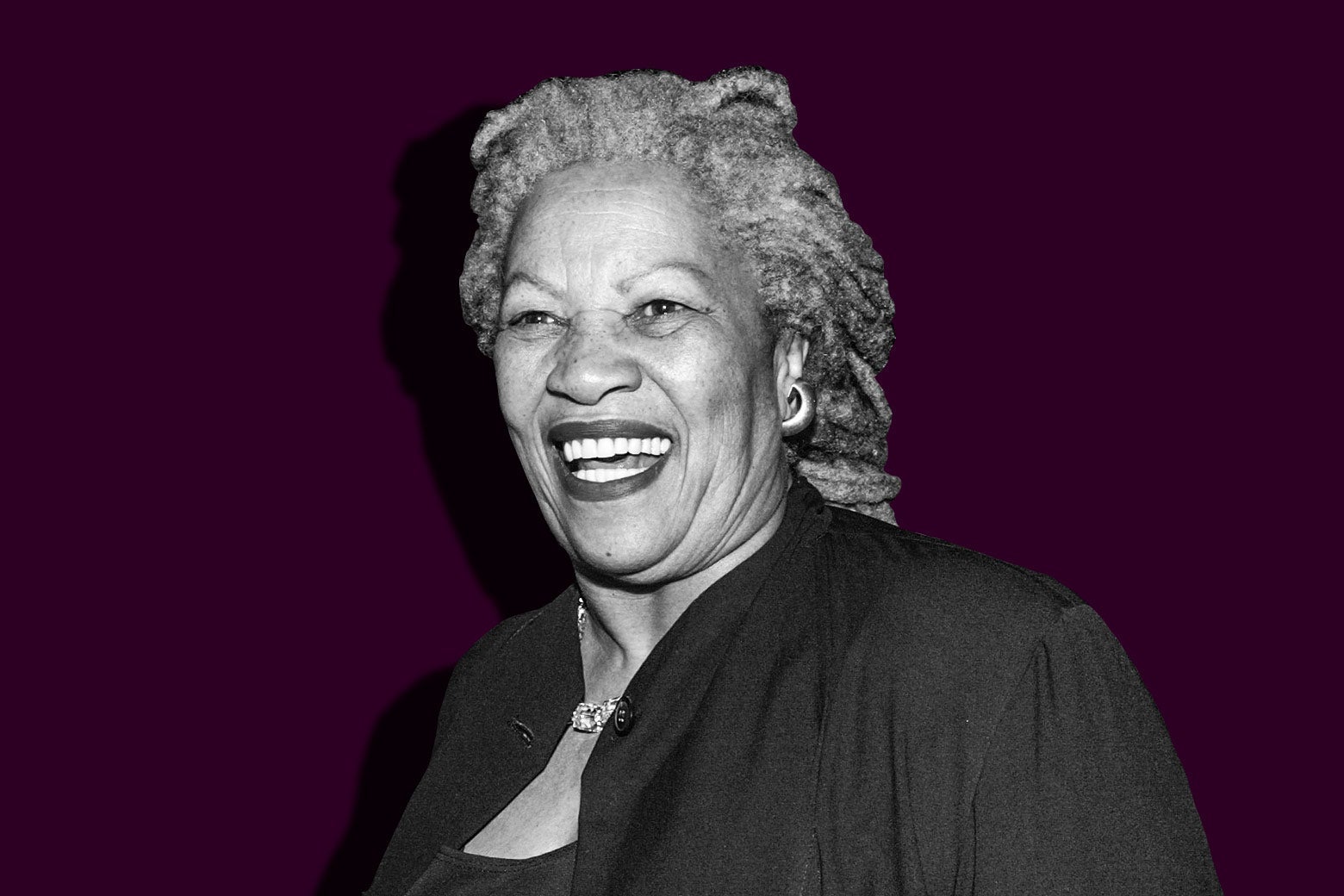Because Toni Morrison, who died Monday at the age of 88, was the first black woman to do some important things—become an editor at Random House and win the Nobel Prize for Literature among them—her work has often been viewed solely through the lens of identity. That’s not wrong, certainly; “It’s very important to me that my work be African American,” Morrison told the Paris Review in 1993. At Random House, she published a dazzling array of black literary talent, from Gayl Jones and Henry Dumas to Toni Cade Bambara and Angela Davis—who wrote her autobiography at Morrison’s urging—as well as the landmark 1974 anthology of images and texts The Black Book. As example and inspiration, Morrison paved the way for and encouraged countless writers who might otherwise have felt there was no place for people like them in the pantheon of American literature.
But Toni Morrison was also a great novelist in ways that tend to get lost when she’s being celebrated for the achievements described above and, to be frank, treated more as a role model than an artist. Her craft was capacious and ingenious and revolutionary. In the 1980s, before her coronation as the grande dame of American letters, her books electrified readers. They were part of a cornucopia of new work published by black American women that pushed the horizon of literary fiction past the overfamiliar and overworshipped territory of Roth, Bellow, Updike, and Mailer. (Reading Morrison, Jones, Gloria Naylor, and Paule Marshall in the ’80s sometimes felt like being released from a literary jail.) Morrison in particular, though, broke open a mode of American prose that had become stagnant and dithering.
This style—let’s call it “Faulknerian,” after its other Nobel-winning master—is heady and clause-dense. Long associated with the South, Faulkner’s great theme, it eddies and circles, with an often maddening indirection. The Faulknerian style’s weakest imitators simply view it as a license to slather adjectives and metaphors all over the page. Morrison, who hated seeing her fiction described as “lyrical” or “poetic,” had a deeper understanding of Faulkner’s stratagems. In her Paris Review interview (a must for any appreciator of Morrison’s genius), she delivers a brilliant dissection of Absalom, Absalom, a novel that fascinated her: Faulkner, she says, “spends the entire book tracing race and you can’t find it. No one can see it, even the character who is black can’t see it. … Do you know how hard it is to withhold that kind of information but hinting, pointing all of the time? … So the structure is the argument.” The elliptical nature of Faulkner’s style epitomizes the paralyzed condition of Southern culture: Everything in it gestures toward the one thing it can’t bring itself to talk about. This paradox gives Faulkner’s fiction its power, but for any writer seeking to follow in his footsteps, it leads to a dead end.
Morrison’s three greatest novels—Sula, Song of Solomon, and Beloved, all stories of origin, escape, and return—blew up that impasse. In her Midwestern hands, the Faulknerian style was reborn, no longer choking on its own truth, race and the legacy of slavery no longer pushed below the surface. What is only alluded to, the phantoms glimpsed out of the corner of the reader’s eye, are the people her characters might have been without those blights. Morrison was always a wizard at misdirection and revelation, a better plot-maker than she was ever given credit for. I read somewhere, years ago, that she loved to read murder mysteries, and that made perfect sense; every Toni Morrison novel is a mystery of sorts.
And the structure was the argument. Song of Solomon is a biblical narrative running backward, moving from the condition of a people to the creation myth of a single man. Reversals like this are one of Morrison’s most daring and effective narrative strategies. Beloved is, of course, a ghost story, but one that takes its central character, the filicidal Sethe, from doomed isolation to community. And 1974’s Sula—the favorite of many longtime Morrison fans and a near-perfect novel—tricks you into thinking it’s about the romantic lives of two childhood girlfriends, one “respectable” and one not, only for the sole survivor of the pair to realize at the end that her friend meant more to her than any man.
Those three novels in particular reshaped the literary landscape of the 1980s, and not only because they depicted what newspapers like to call “the black experience” with an unprecedented honesty and intimacy. They were breathtaking fusions of form and substance. They made moves that no other novelist of the time, black or white, attempted. They combined unabashed melodrama with meticulous observations of quotidian life. They got you drunk on their language and gutted you with their violence. They freed a particular type of American voice that had run aground. They made new possibilities suddenly and gloriously visible. Toni Morrison liked to omit things from her fiction, to let her readers figure it out for themselves. But the very last thing that should go unspoken is the true breadth of what she has left behind.
